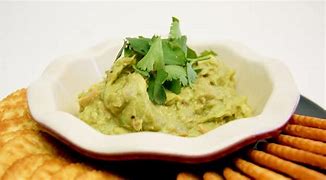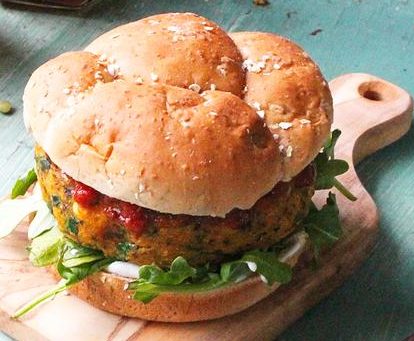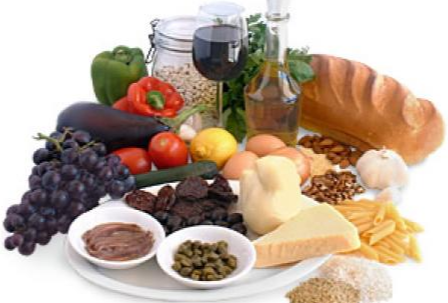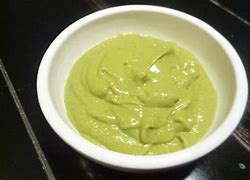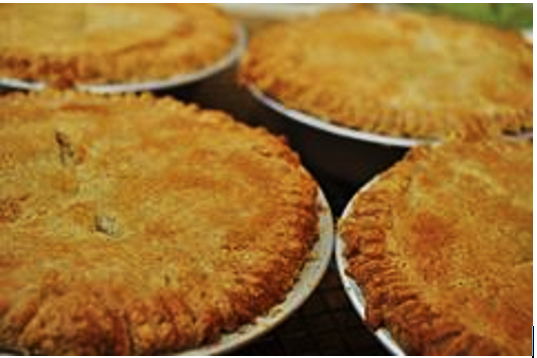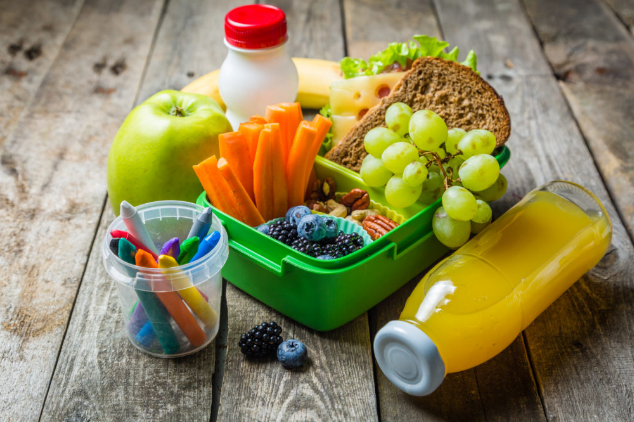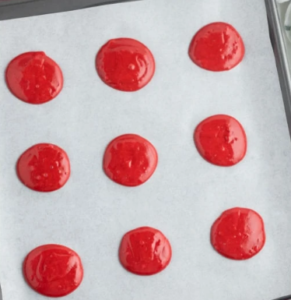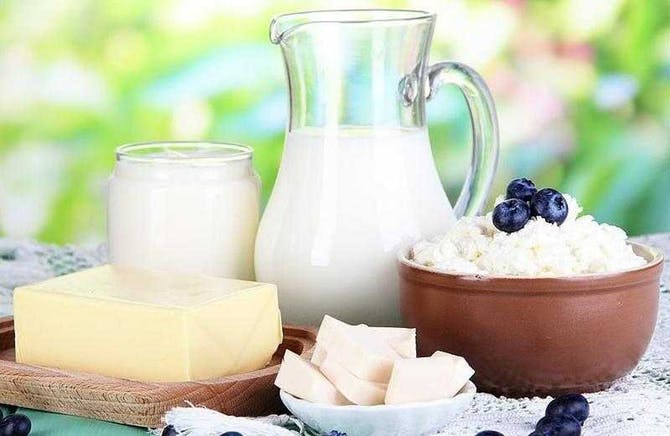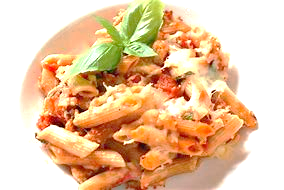Avocado is a fruit, many refer to it as a large berry fruit with a single seed. Although it is a fruit it has a different composition as it is high in fats rather than in carbohydrates. It is also a rich source of vitamin B and K. It is also rich in antioxidants known as phytosterols and carotenoids. Avocado can be eaten raw or cooked with meals.
Due to its high nutritional content it is ideal to be taken as a snack during the day. As a result of this, I choose to share this avocado dip recipe which can be taken as a snack with some crackers. In addition, this recipe can also be use as a sauce with meals as an alternative of other types of sauces/ dips for example mayonnaise.
Ingredients:
- 1 avocado, mashed
- 150g plain Greek yogurt
- 1 small lemon squeezed
- ¼ teaspoon garlic powder
- Pinch of salt
Method:
- Mix all the ingredients together and blend until smooth
This avocado dip recipe takes only 5 minutes to prepare it and serve. I encourage you to check out our recipe blog for easy, healthy and delicious recipes. Please, feel free to write any comments below. I will be happy to answer all your comments and queries.

